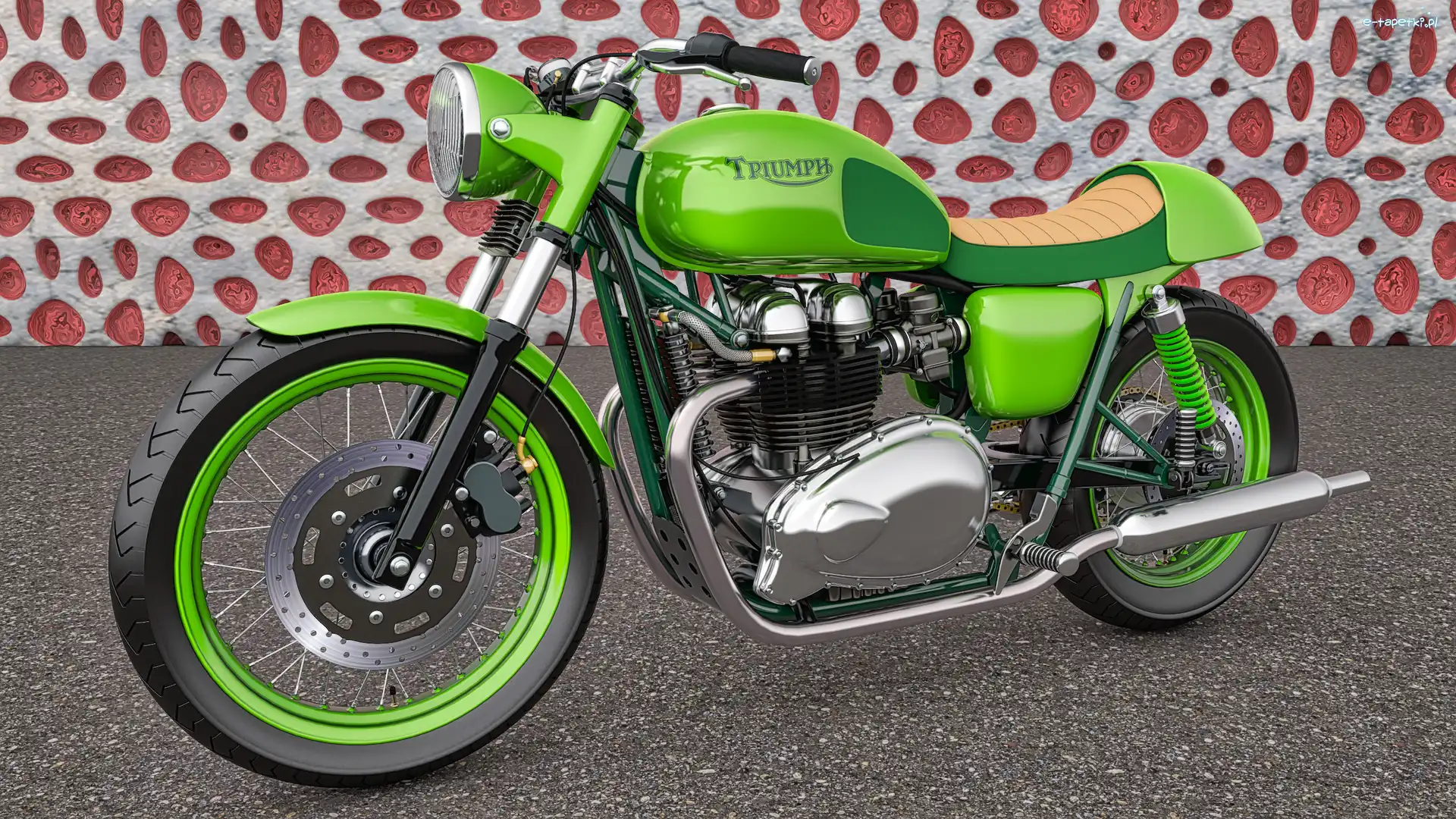

The name for this new machine model was obvious. Built to answer the American market demand for more power, more performance and more speed, it targeted 120mph plus from a new twin carb set-up. The new bike, like its predecessor, was to be a 650cc parallel twin. Meanwhile in Britain, at the Triumph factory in Meriden, a new sporting flagship was in development – a direct evolution of a succession of high performance Triumph legends from the 1939 Speed Twin through the sensational 1950 6T Thunderbird and the raucous Triumph Tiger T110 ‘Ton Ten’ of 1953. Igniting controversy over the time recording used and authenticity of the claim and establishing Triumph as THE brand to choose. Setting an outright world land speed record that Triumph would go on to hold for 14 years – thanks to the efforts the Dudek Streamliner in 62 and Gyronaut X1 in 66. With power supplied by a methanol-burning 650cc Triumph Thunderbird parallel twin, as ridden by Brando in the Wild One, the cigar-shaped Triumph tore across the salt flats at an average of 214.7mph. On a bright September morning in 1956, Texan racer Johnny Allen, multiple land speed record-breaking racer, arrived at the Bonneville Salt Flats in Utah, USA, and lowered his slender frame into the cockpit of a streamlined, two-wheeled missile – The Texas Cee-Gar.Ī union of American and British technology, with the star of Texas on its nose and Triumph name on its side, this aerodynamic land speed bullet was inspired by the fuel ‘drop tanks’ of a Mustang fighter plane. Today’s new generation stands as the perfect blend of that original character, British heritage, design and style, backed by a truly modern capability and performance. Synonymous with British motorcycling the Bonneville has become a byword for style and character.

For many it represents the essence of what a motorcycle should be, and is loved by riders of all ages and types around the world. With a silhouette acknowledged as a design classic, the Triumph Bonneville is an undisputed motorcycle icon.


 0 kommentar(er)
0 kommentar(er)
